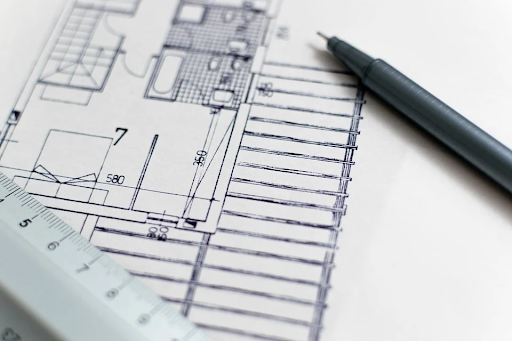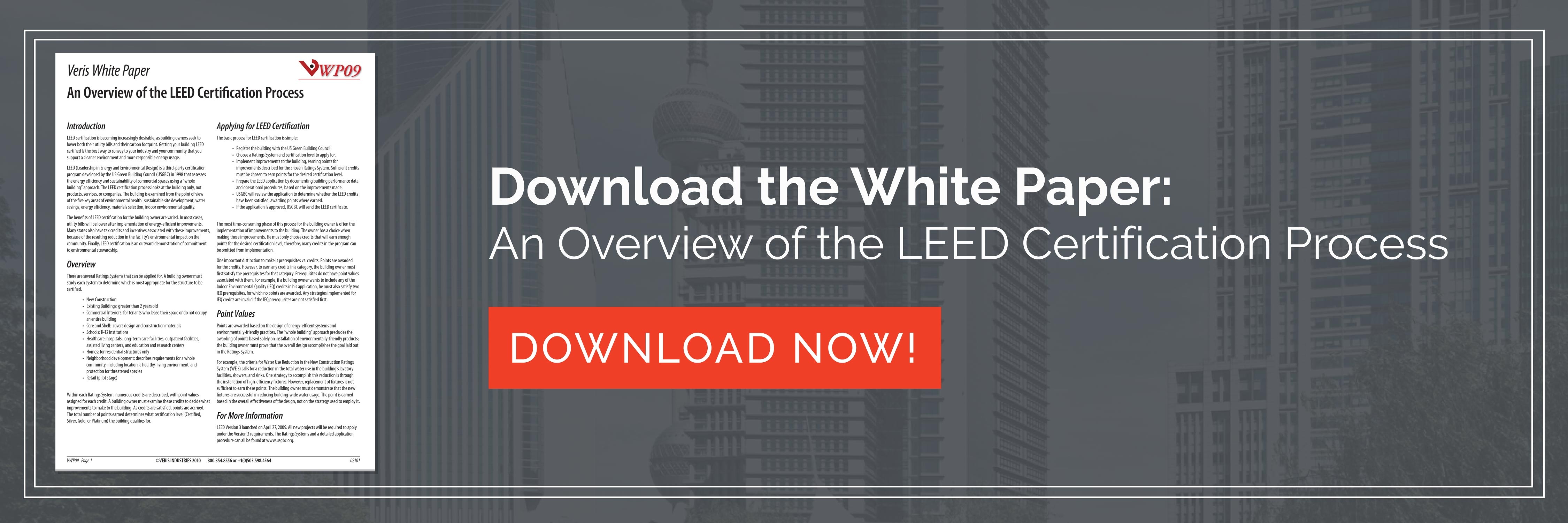The LEED Certification Process, Requirements, and Incentives

The LEED certification process originated when the U.S. Green Building Council (USGBC) developed their “LEED” rating system (Leadership in Energy and Environmental Design) back in 1993. Over time, it has become the gold standard in green architecture and construction, organizing and aligning sustainability initiatives for building projects around the globe.
Getting LEED certified puts your building into the most widely recognized and respected green building rating system in the world. It’s been reported that there are “More than 79,000 projects […] participating in LEED across 160 countries and territories, comprising over 15 billion square feet.” The USGBC even estimates that “nearly 5 million people experience a LEED building every day.”
So what does it take? Who qualifies? And is the LEED certification process worth it? LEED is continually evolving to include new systems, processes, levels of certification, and categories. Let’s break it all down.
LEED Certification vs. Accreditation: Aren’t they the same thing?
No, although the two terms are often confused. Only buildings are able to become “LEED certified.” Offices, schools, residential homes, and other structures can earn a LEED certification for buildings that have been designed, constructed, and maintained with green practices. LEED accreditation is actually a separate term that refers to people who have demonstrated knowledge of LEED-approved practices and requirements by passing an accreditation exam.
How can your building become LEED certified?
Virtually any building, regardless of where they are in their life cycle, can undergo a LEED certification process. If certain requirements are met and the building earns at least 40 credits on the LEED rating system, you’ll earn certification. The standards themselves are flexible — there are actually multiple LEED rating systems — so not every building or project must follow the same set of rules to earn credits. How many points you can earn towards certification will depend upon what type of structure you’re building (or renovating) and which rating system you’re using, with consideration for the challenges and needs for that project.
You’ll likely narrow your focus to one of these LEED rating systems, which each have specific prerequisites:
- Building Design and Construction (BD+C)
- Interior Design and Construction (ID+C)
- Building Operations and Maintenance (O+M)
- Neighborhood Development (ND)
- Homes
- Cities and Communities
- LEED Recertification
- LEED Zero
Within each rating system, LEED certification credits will be assigned according to green concepts in areas such as:
- Awareness and education
- Energy and atmosphere
- Indoor environmental quality
- Integrative process
- Location and transportation
- Materials and resources
- Sustainable sites
- Water efficiency
- Regional priority
It will take detailed documentation of the ways in which your building realizes these concepts to put a compelling application together. You’ll need to submit the building or project for certification with as much quantifiable evidence as possible about waste management, emissions, sustainable energy or other resources, air quality-improving measures (for example, by tracking CO2 levels), green building materials, and more.
A flat LEED certification fee and registration fee (ranging from $900 to $5,000) will be required to submit your project. The USGBC will review your materials and decide how many credits you’ve earned in your LEED certification process within about 20-25 business days.
What are the certification levels?
Buildings will be awarded up to a maximum of 110 points, according to the degree of sustainability they’ve achieved in their LEED certification process. Depending on how many credits (points) you’ve earned, your building can achieve certification on one of four levels:
- Certified: 40-49 points
- Silver: 50-59 points
- Gold: 60-69 points
- Platinum: 80+ points
Why is LEED certification important?
As the most widely adopted benchmark in the world for sustainable buildings, LEED certification is an important marker of innovation and leadership no matter where your project is located. It can result in widespread benefits for marketing, operations, occupants, and more. A LEED-certified building that has earned diverse LEED credits might enjoy:
- Minimal waste and carbon impact during construction
- Lower energy and water usage
- Reduced operating costs
- Improved durability and longevity
- Increased resale value
- More productive employees
- Better indoor air quality (IAQ)
- A positive, polished public image
Is LEED certification worth it?
The impact and savings of renewable energy or more efficient operations alone are worth the effort to plan a sustainable building that can earn LEED certification. However, there are now numerous government incentives as well.
State and local governments alike are encouraging green building projects through tax credits, abatement, reductions, and even grants for LEED certification and demonstrations of sustainability. The USGBC (which created and oversees the LEED system) discusses the tax incentives that are now encouraging building energy improvements here.
There are also structural incentives that your project can realize. These rewards, which would be available at little cost (or even no cost) to the municipality, could include:
- Fee reductions or waivers
- Revolving loan funds
- Expedited review & permitting
- Density & height bonuses
- Technical assistance (with green building practices)
- Marketing support
LEED is a powerful marketing tool, and any free assistance you can muster — through awards, online, in press releases, or on signage — can be an invaluable advantage that makes LEED certification more than worth it.
Have more questions about LEED, and how to outfit your building for efficiency and sustainability? Contact the Veris team and let us know about your project. We’re happy to help you get your LEED certification process started on the right foot.





